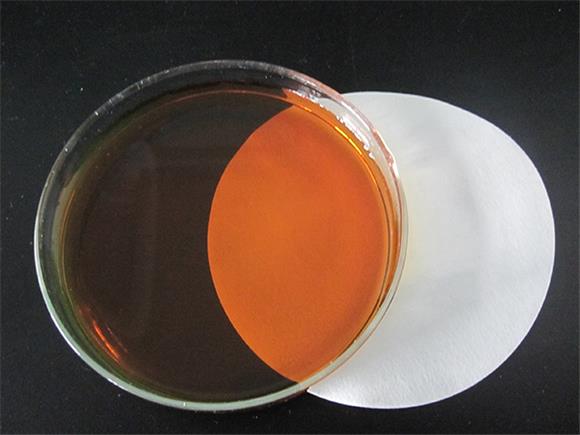
News
des . 05, 2024 20:07 Back to list
The Role of Citric Acid as a Chelating Agent in Food Preservation
The Role of Citric Acid as a Chelating Agent in Food
Citric acid, a natural organic acid found in citrus fruits, is not only known for its tangy flavor but also for its versatile applications in the food industry. One of the most significant roles of citric acid is its function as a chelating agent, particularly in food preservation and safety. This article explores the properties of citric acid that make it an effective chelating agent, its applications in food science, and its benefits for consumers and the food industry.
What is a Chelating Agent?
A chelating agent is a substance that can form multiple bonds with a single metal ion, effectively grabbing it and creating a stable, water-soluble complex. This process is crucial in various fields, including medicine, agriculture, and food science. In the context of food, chelating agents help to control metal ions that might otherwise contribute to spoilage, discoloration, or off-flavors.
Citric Acid A Natural Chelator
Citric acid possesses multiple carboxylic acid groups, allowing it to bind with various metal ions such as calcium, magnesium, iron, and copper. When citric acid binds these metal ions, it forms soluble complexes that prevent these ions from catalyzing undesirable reactions, such as oxidation or microbial growth. For instance, iron and copper can promote oxidative rancidity in fats and oils, negatively affecting the quality and shelf life of food products. By chelating these metal ions, citric acid helps to extend the freshness and safety of numerous food items.
Applications in Food Preservation
Citric acid is widely used in the food industry as a preservative and flavoring agent. Its chelating properties make it particularly useful in various applications
1. Canned Vegetables and Fruits Citric acid is often added to canned products to maintain color and prevent browning reactions. By chelating iron ions present in the food or absorbed during processing, citric acid helps preserve the natural appearance and flavor of these products.
2. Dairy Products In cheese-making, citric acid promotes coagulation by influencing the availability of calcium ions. Additionally, it can help in preventing the growth of spoilage bacteria by sequestering metal ions that bacteria may utilize for their metabolism.
citric acid in food chelating agent

3. Beverages Many soft drinks and juices include citric acid not only for flavor enhancement but also to prevent the oxidation of vitamins and other sensitive ingredients. By chelating iron and copper, citric acid helps maintain the stability and nutritional value of these beverages.
4. Meat Products In processed meats, citric acid acts as a preservative, inhibiting the growth of spoilage organisms and enhancing the product’s color stability. This is particularly important for maintaining the visual appeal of meats during storage.
Benefits for Consumers and the Food Industry
The use of citric acid as a chelating agent offers several advantages
- Safety As a natural, Generally Recognized as Safe (GRAS) compound, citric acid is considered safe for consumption, making it a favorable choice for food manufacturers and consumers alike.
- Shelf Life Extension By preventing metal-catalyzed spoilage reactions, citric acid helps prolong the shelf life of food products, reducing waste and enhancing food security.
- Quality Maintenance The ability of citric acid to maintain color, flavor, and nutritional value in food products addresses consumer demands for high-quality, aesthetically appealing foods.
Conclusion
Citric acid’s role as a chelating agent in food is a testament to its multifunctional capabilities. Its natural origin, combined with its ability to enhance food preservation and safety, makes it an invaluable tool in the food industry. As consumers become more aware of the ingredients in their food, the continued use of citric acid underscores a trend toward natural solutions in food preservation, promoting not only safety but also sustainability. Through its diverse applications, citric acid remains an essential component in ensuring the quality and safety of food products worldwide.
-
Polyaspartic Acid Salts in Agricultural Fertilizers: A Sustainable Solution
NewsJul.21,2025
-
OEM Chelating Agent Preservative Supplier & Manufacturer High-Quality Customized Solutions
NewsJul.08,2025
-
OEM Potassium Chelating Agent Manufacturer - Custom Potassium Oxalate & Citrate Solutions
NewsJul.08,2025
-
OEM Pentasodium DTPA Chelating Agent Supplier & Manufacturer High Purity & Cost-Effective Solutions
NewsJul.08,2025
-
High-Efficiency Chelated Trace Elements Fertilizer Bulk Supplier & Manufacturer Quotes
NewsJul.07,2025
-
High Quality K Formation for a Chelating Agent – Reliable Manufacturer & Supplier
NewsJul.07,2025
